Formation continue et Informations en Dermatologie Vétérinaire
À la une

Mise à jour de la Bibliographie en Dermatologie Vétérinaire [Novembre 2025]
Pour lire les 28 nouveaux articles publiés en Novembre 2025 cliquez sur l’onglet Bibliographie puis Actualités. Ils s’ajoutent à tous les articles référencés depuis 1990 !
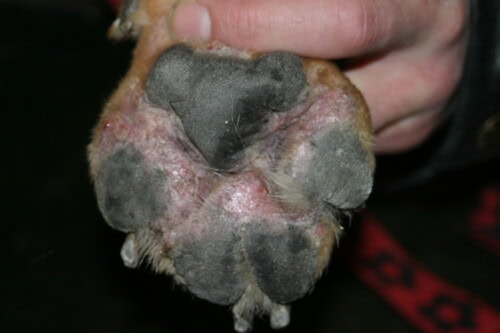
Étiologie et Prise en Charge des Pododermatites Canines
La pododermatite canine ne constitue pas une entité nosologique unique, mais représente plutôt un patron réactionnel cutané complexe et multifactoriel, résultant d’une interaction dynamique entre des causes primaires, des facteurs prédisposants et des éléments perpétuants. Ce rapport de synthèse a pour objectif de fournir une analyse exhaustive, nuancée et actualisée de l’étiologie, de la physiopathologie et des stratégies thérapeutiques des pododermatites canines.
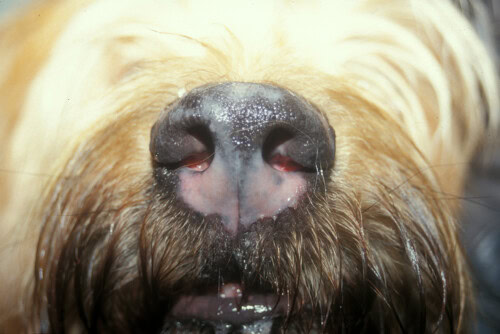
Les dermatoses du planum nasal chez le chien
Les dermatoses du planum nasal canin représentent un défi diagnostique singulier pour le praticien vétérinaire, malgré leur fréquence relative en consultation dermatologique. La diversité étiologique de ces affections, conjuguée à la superposition fréquente des tableaux cliniques, nécessite une démarche méthodique rigoureuse que notre consœur Laura Ordeix a présenté lors du dernier congrès ESVD qui s’est tenu à Bilbao, en Espagne.
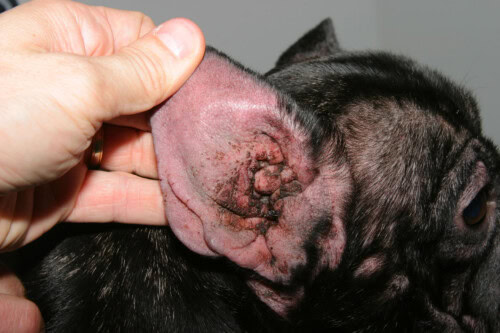
Otite chronique du chien : Impact sur la qualité de vie
L’otite externe chronique chez le chien représente une affection dermatologique fréquente dont la prévalence atteint 10,2% des consultations en clientèle vétérinaire. Cette pathologie inflammatoire du conduit auditif, souvent associée à une dermatite atopique sous-jacente, génère des défis diagnostiques et thérapeutiques considérables pour les praticiens.

Mise à jour de la Bibliographie en Dermatologie Vétérinaire [Octobre 2025]
Pour lire les 34 nouveaux articles publiés en Octobre 2025 cliquez sur l’onglet Bibliographie puis Actualités. Ils s’ajoutent à tous les articles référencés depuis 1990 !
Compte-Rendu de Congrès

Les dermatoses du planum nasal chez le chien
Les dermatoses du planum nasal canin représentent un défi diagnostique singulier pour le praticien vétérinaire, malgré leur fréquence relative en consultation dermatologique. La diversité étiologique de ces affections, conjuguée à la superposition fréquente des tableaux cliniques, nécessite une démarche méthodique rigoureuse que notre consœur Laura Ordeix a présenté lors du dernier congrès ESVD qui s’est tenu à Bilbao, en Espagne.
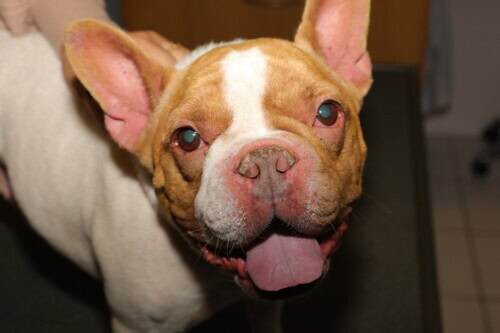
Mise au point 2025 sur l’étiopathogénie de la Dermatite Atopique Canine
Découvrez comment l’alimentation, l’environnement et le microbiote influencent la dermatite atopique canine. Une analyse complète des facteurs modifiables de cette maladie inflammatoire.
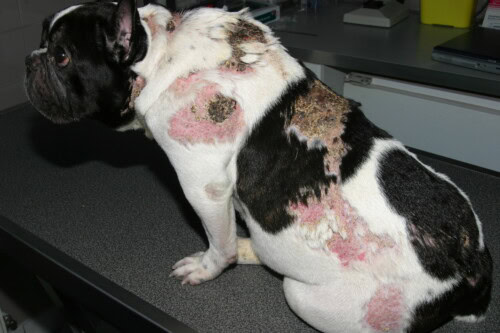
Les calcinoses cutanées canines : Etiologies et traitements
Découvrez la calcinose cutanée canine : classification, diagnostic et traitements. Guide complet sur les mécanismes, causes et thérapies innovantes pour les vétérinaires.
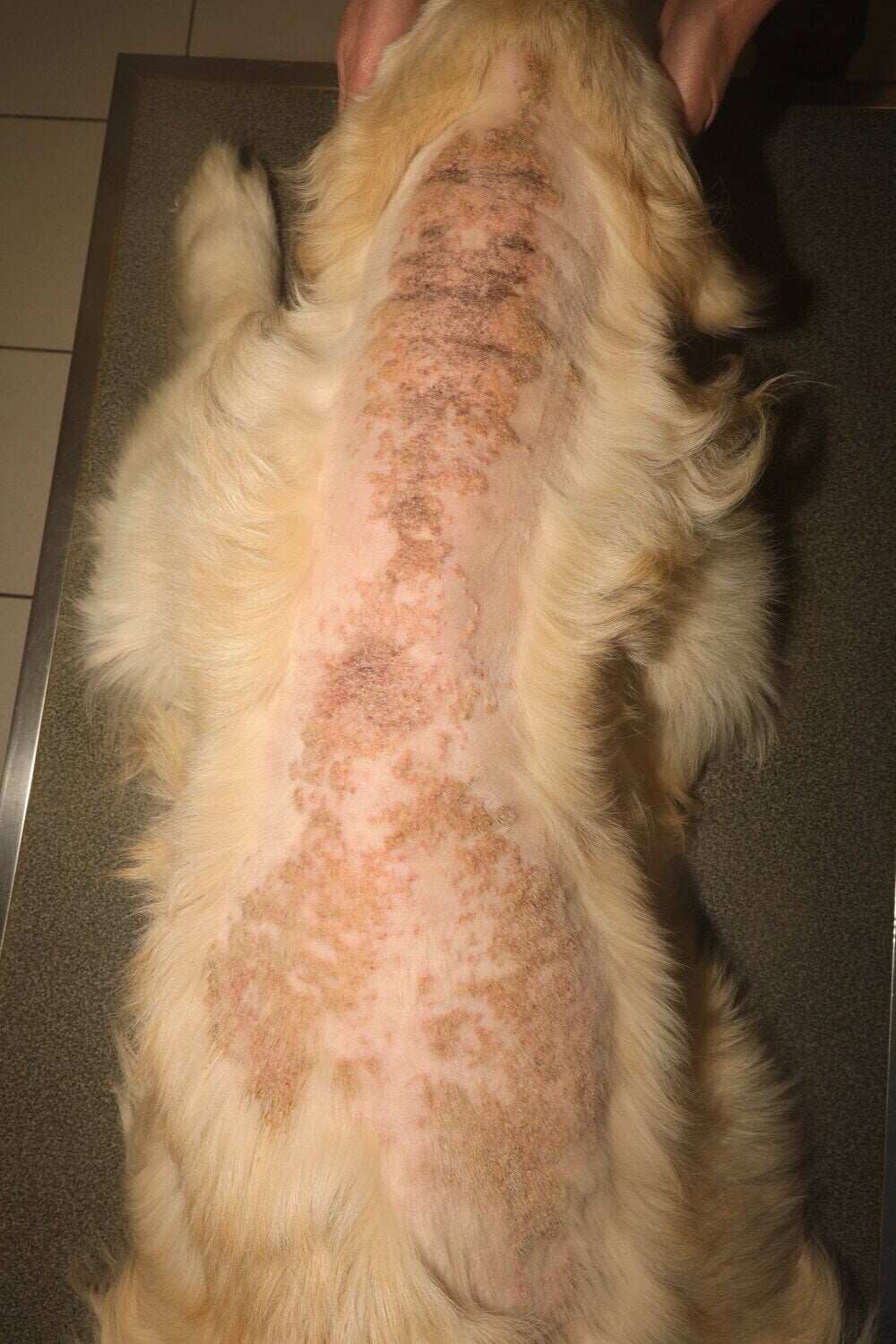
Approche diagnostique des alopécies non prurigineuses canines
Découvrez l’approche systématique du diagnostic et du traitement des alopécies non prurigineuses chez le chien. Guide complet sur les causes et thérapies vétérinaires.
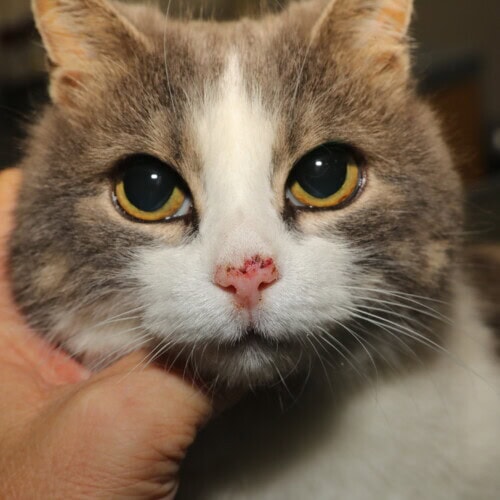
De la kératose actinique au carcinome épidermoide chez le chat
A l’occasion des dernières journées annuelles du GEDAC, nos consœurs Anne Roussel et Pauline De Fornel ont eu l’occasion de faire un point complet en cancérologie, de la kératose actinique au carcinome épidermoïde. Tour d’horizon des dernières nouveautés aussi bien pathogéniques que thérapeutiques.
Espaces partenaires

Du défaut de barrière cutanée des chiens atopiques…
Après plusieurs bulletins écrits sur des sujets liés aux allergènes, j’ai pensé que nous aurions besoin d’un changement de sujet temporaire ! Dans ce bulletin, en raison

A propos des acariens de stockage… Partie I.
Chers consœurs et confrères. Lors d’un échange récent avec des confrères du laboratoire Nextmune, il m’est apparu qu’il y avait beaucoup de questions à propos des acariens


Les pollens d’arbres et leurs allergènes
Je vais poursuivre mes mises à jour sur les différentes catégories d’allergènes dans ce long bulletin. Après avoir parlé des pollens de graminées et des herbacées, je

À propos des herbacées et de leurs allergènes…
Chers lecteurs. Mon dernier bulletin portait sur les pollens de graminées et leurs allergènes. Permettez-moi de poursuivre la revue des allergènes de pollens avec ceux des herbacées
Revue de presse
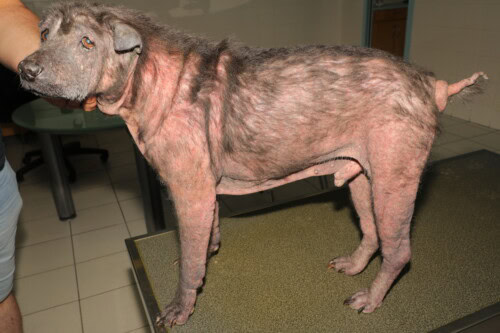
L’immunothérapie intralymphatique guidée par échographie dans la dermatite atopique canine : une étude rétrospective sur 109 cas
La dermatite atopique canine (DAC) représente un défi thérapeutique majeur en dermatologie vétérinaire, nécessitant souvent une prise en charge à long terme. L’immunothérapie intralymphatique (ITIL) s’est progressivement imposée comme une alternative prometteuse aux traitements conventionnels, offrant des résultats encourageants tant en médecine humaine que vétérinaire.

Otite chronique du chien : Impact sur la qualité de vie
L’otite externe chronique chez le chien représente une affection dermatologique fréquente dont la prévalence atteint 10,2% des consultations en clientèle vétérinaire. Cette pathologie inflammatoire du conduit auditif, souvent associée à une dermatite atopique sous-jacente, génère des défis diagnostiques et thérapeutiques considérables pour les praticiens.
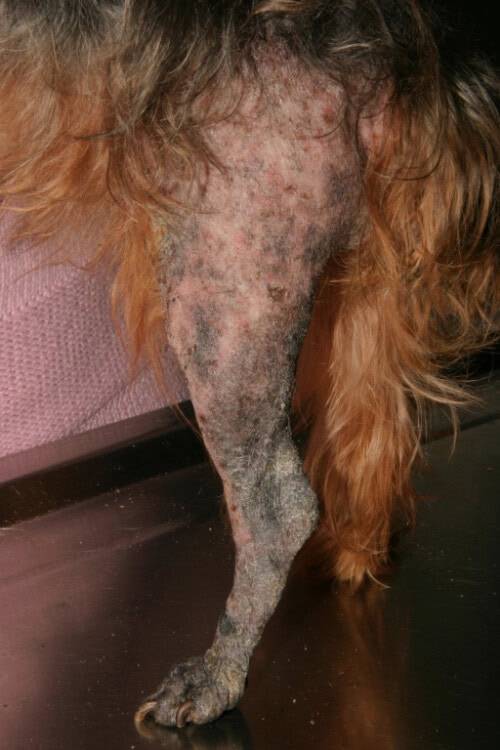
Etude rétrospective sur les dermatophytoses chez les animaux de compagnie au Portugal
La dermatophytose, communément appelée teigne, représente une affection fongique superficielle fréquemment rencontrée chez les animaux de compagnie et l’homme. Bien que cette pathologie soit régulièrement rapportée par les praticiens vétérinaires portugais, les données épidémiologiques détaillées concernant l’importance relative des différentes espèces de dermatophytes impliquées et les variations observées selon l’espèce animale, la race, le sexe et l’âge demeuraient jusqu’à présent parcellaires.

Surveillance objective du prurit canin par accéléromètre
L’utilisation d’accéléromètres portés au collier représente une innovation majeure pour la surveillance objective des affections cutanées prurigineuses chez les chiens.
Articles de synthèse
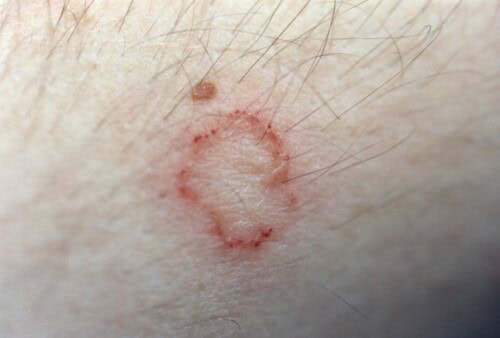
La teigne chez le chien : Étiologie, épidémiologie et aspects cliniques
La teigne, qui est une dermatophytose, représente une infection fongique superficielle de la peau et des phanères. Cette affection cutanée, provoquée par des champignons kératinophiles appartenant aux genres Microsporum et Trichophyton, revêt une importance particulière en médecine vétérinaire du fait de son caractère contagieux, infectieux et de son potentiel zoonotique.
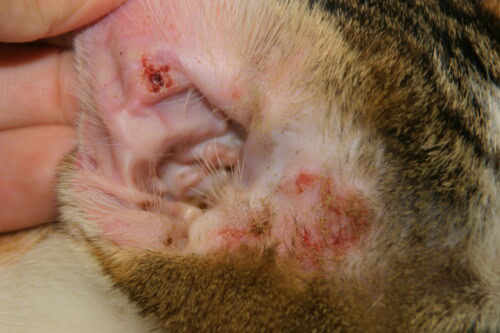
Le pemphigus foliacé félin : Partie 2 : Diagnostic et Traitements actuels
Le diagnostic du pemphigus foliacé félin repose sur une approche globale combinant l’évaluation clinique, la cytologie et l’histopathologie. L’examen clinique recherche des pustules, érosions et croûtes, typiquement distribuées de façon symétrique sur le visage et les pattes. La cytologie, via la préparation de Tzanck, révèle des neutrophiles et des kératinocytes acantholytiques caractéristiques. L’histopathologie, pierre angulaire du diagnostic, montre des pustules intra-épidermiques contenant des neutrophiles et des cellules acantholytiques
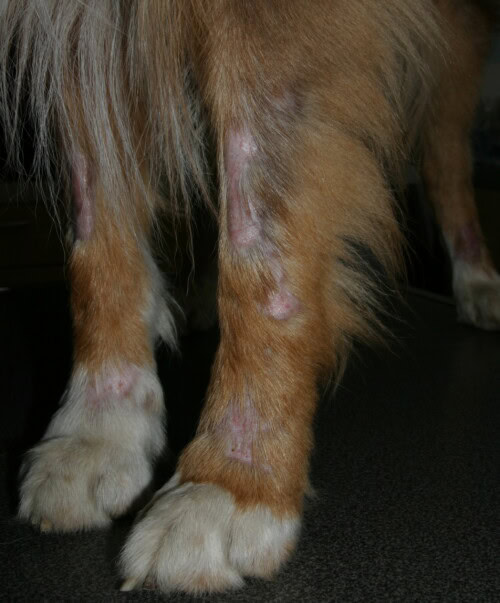
Mise au point sur la Dermatomyosite Canine
La dermatomyosite (DM) canine est une vasculopathie ischémique inflammatoire, d’origine immunitaire et à forte prédisposition génétique, qui affecte principalement la peau et, à un degré moindre, la musculature striée. Nous vous présentons un point complet pathogénique, diagnostique et thérapeutique sur cette dermatose.